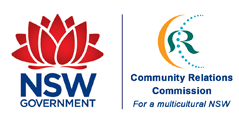Meet Amelia Brinkis and see the saucepan made by fellow Latvians at their Displaced Persons’ camp. Continue reading
Search Results for: AlburyCity
Meet Eleonora Conolly and see her mother’s serviette ring from Serbia.
Continue reading
Meet Jan De Kruiff and see his from union book from Holland. Continue reading
Meet Georges Devriendt and see his Belgian Merchant Navy cap. Continue reading
Meet Douglas Dunley from Serbia and see his unused return visa from Communist Yugoslavia. Continue reading
Meet Peter Gwosdz and see the cassette tapes his parents sent from Germany.
Continue reading
Meet Anne Hawker and see her handwritten school diary from Holland.
Continue reading
Meet Nan Jacobs and see her wedding china from Scotland. Continue reading
Meet Stephanie Jakovac and see the Communist-style address plate from her first home in Slovenia.
Continue reading
Meet Draga Williams and see the first embroidery sampler she made in 1945 at a Displaced Persons’ camp in Egypt. Continue reading
Meet Edda Marcuzzi and see the remaining item from her 24-piece cutlery set.
Continue reading
Meet George Kotsiros and see his Greek-English dictionary. Continue reading
Meet Inga Krain and see her sugar cube holder from Germany. Continue reading
Meet Sussan Ley and see her pilot’s headset. Continue reading
Meet Imre Molnar and see his school book from Communist Hungary.
Continue reading
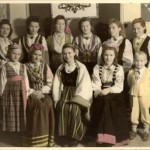
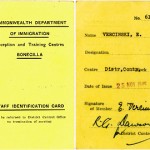
!["When I was working in the machinery factory after the Second World War, I had a Dutch Workers’ Union book. [It] was used to put a stamp in each week when I paid my union fee; it was a record of my contribution. These contributions went towards workers who were ill and unable to work or to create fairer work conditions. I felt it was important to support the union."](wp-content/uploads/2008/09/book2-150x150.jpg)
!["There is a great maritime tradition in my family and I still have one cap. Normally [it] would have the name of the company or ship you were sailing on, but this one doesn’t so I kept it as a keepsake. I travelled the world with my job [and] I feel fortunate because it does give you a special viewpoint."](wp-content/uploads/2008/09/photo25-150x150.jpg)
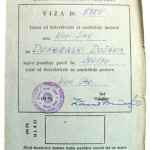

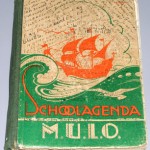
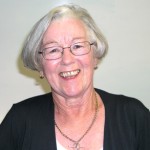
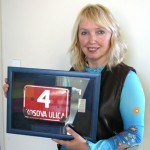
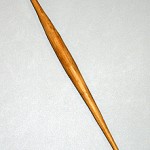
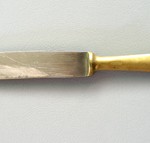


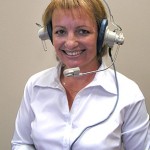
!["This set square from Hungary is a reminder of my education, but also of the education I was unable to attain [during the Communist era], although I had the ability."](wp-content/uploads/2008/10/setsquare-150x150.jpg)
